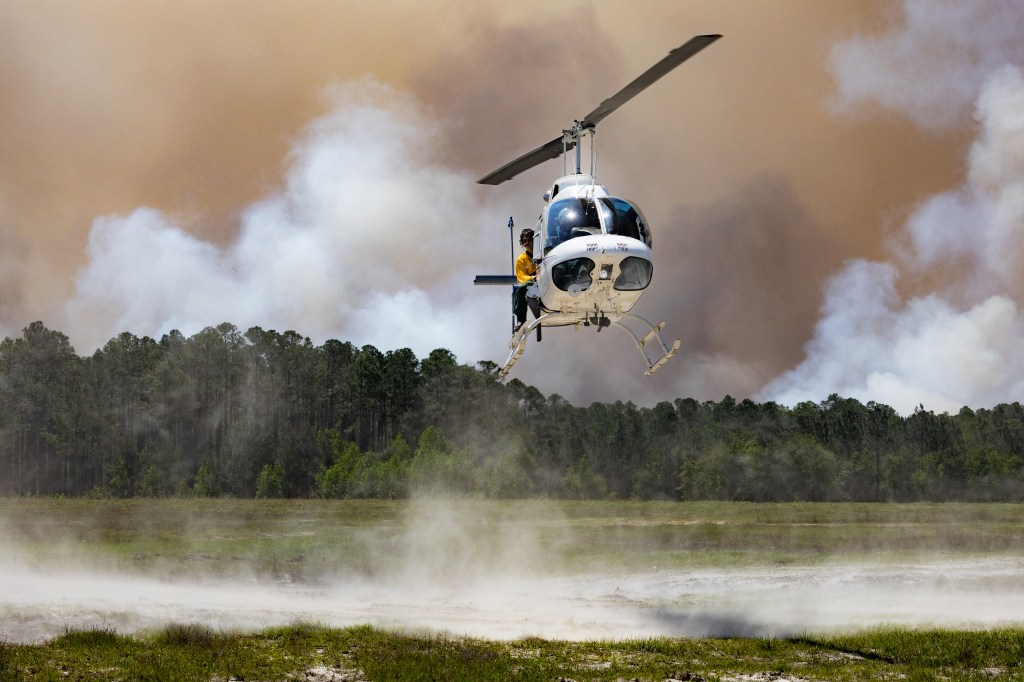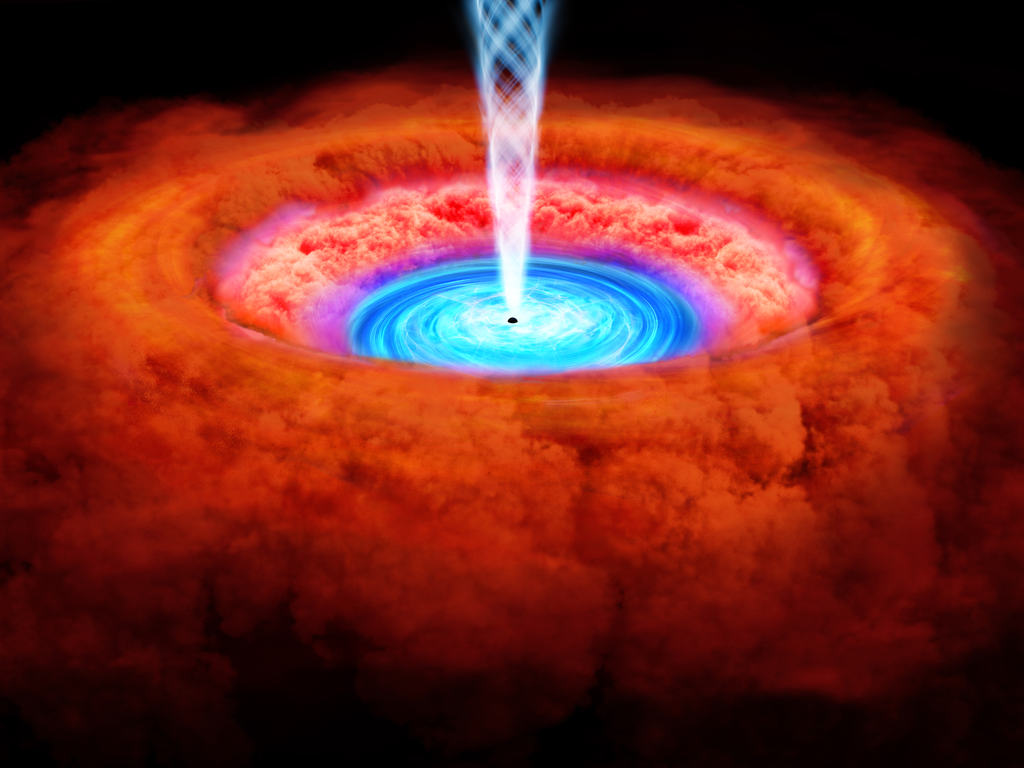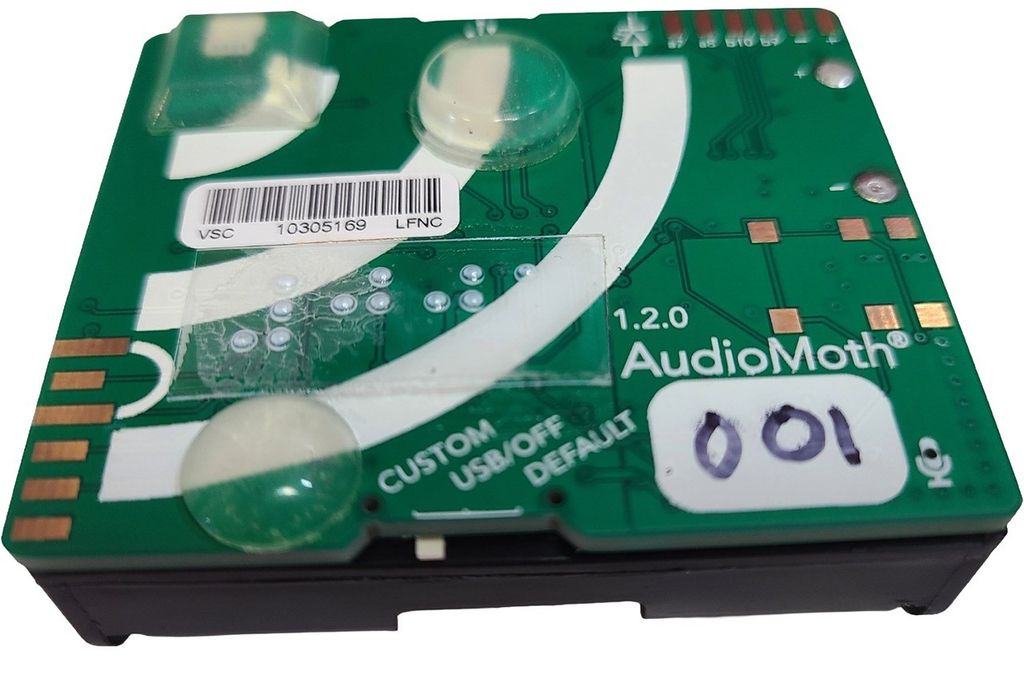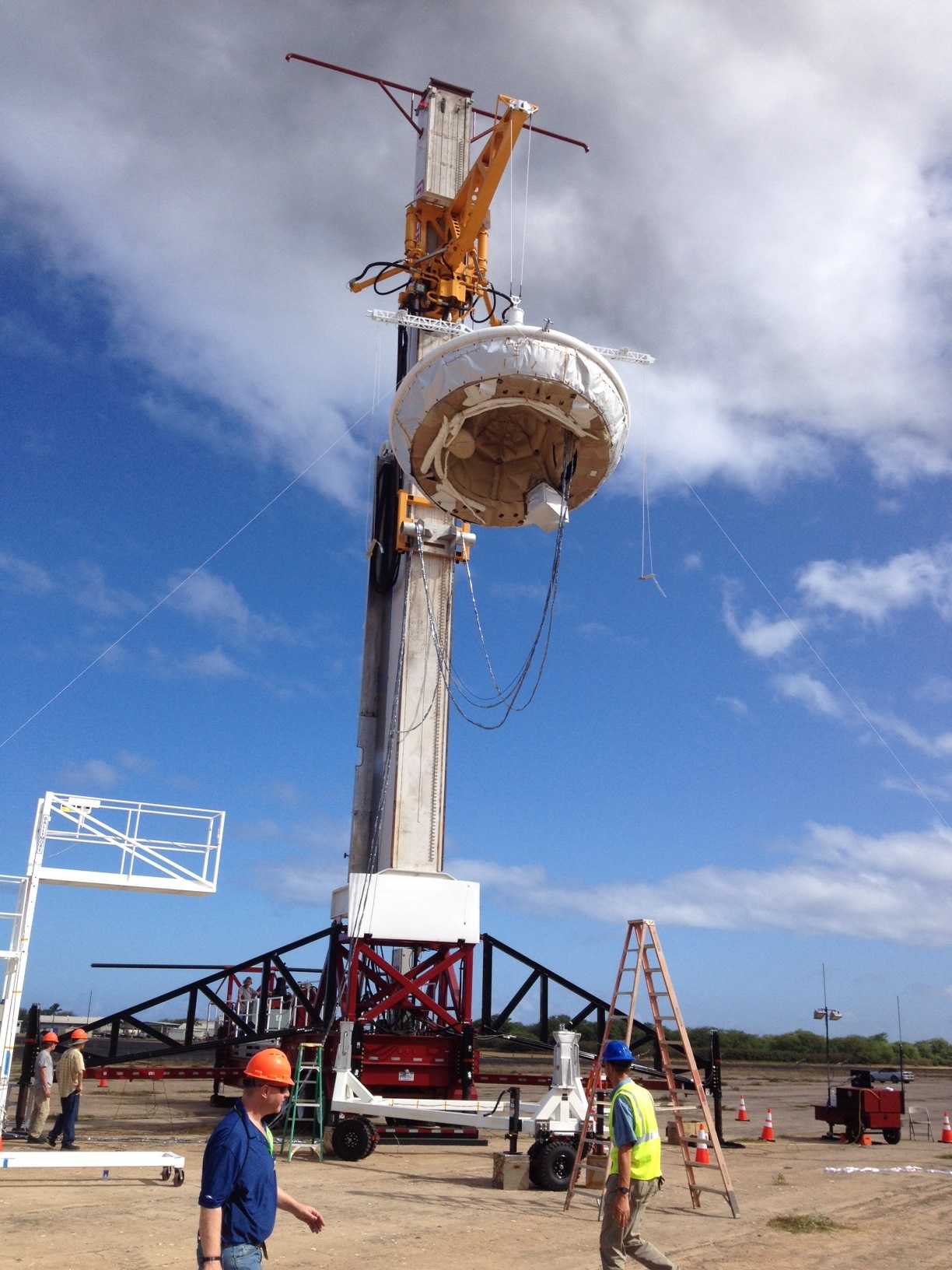Reporters are invited to a media day Monday, June 1, at the U.S. Navy’s Pacific Missile Range Facility (PMRF) on Kauai, Hawaii, to learn about NASA’s second flight test of its Low-Density Supersonic Decelerator (LDSD).
NASA’s LDSD project is designed to investigate and test breakthrough technologies for landing future robotic and human Mars missions, and safely returning large payloads to Earth. The test, performed over the Pacific Ocean, will simulate the supersonic entry and descent speeds at which the spacecraft would be traveling through the Martian atmosphere.
The media day will begin with a mission overview briefing at 8 a.m. HST. Briefing participants will include:
- U.S. Navy Capt. Bruce Hay, commanding officer, PMRF
- Steve Jurczyk, associate administrator of the Space Technology Mission Directorate at NASA Headquarters in Washington
- Mark Adler, LDSD project manager at NASA’s Jet Propulsion Laboratory (JPL) in Pasadena, California
- Ian Clark, LDSD principal investigator at JPL
The briefing will be broadcast live at:
and
http://www.ustream.tv/nasajpl2
To participate by phone, media must contact Kim Newton at 256-544-0371, 256-653-5173 or kimberly.d.newton@nasa.gov. Briefing participants also will answer questions submitted to the Ustream chat box or via Twitter using the #askNASA hashtag. After the briefing, media at PMRF will be taken on a tour of the launch area and Range Operations Center, as well as a driving tour of the facility.
The test launch window is from June 2-12, and extends each day from approximately 8:30 to 9:30 a.m.
Media are invited to watch the launch live at PMRF and, once the vehicle is no longer in unaided view, continue watching the test on monitors in the LDSD media center. Reporters must arrive no later than 5:45 a.m. each launch-attempt day for escort onto the base.
At launch time, a giant balloon will carry the test vehicle to an altitude of 120,000 feet (37,000 meters). After released from the balloon, a booster rocket will lift the disk-shaped vehicle to 180,000 feet (55,000 meters), during which it will accelerate to supersonic speeds.
Traveling at about three times the speed of sound, the vehicle’s inner-tube-shaped decelerator, called a supersonic inflatable aerodynamic decelerator, will inflate and slow the vehicle. Then, at Mach 2.35, its parachute will inflate and gently carry the vehicle to the ocean’s surface.
NASA’s LDSD test vehicle carries several onboard cameras. Selected portions of the test, including the rocket-powered ascent, will be broadcast live on Ustream and NASA TV.
The decision to attempt launch of the LDSD test will be made the day before each launch opportunity. NASA will issue updates on Twitter at @NASA and @NASA_Technology. Updates and other information on the mission can also be found at:
https://www.nasa.gov/ldsd
Media who would like to attend media day or launch day activities at PMRF must register in advance by contacting Elena Mejia at 818-354-5011 or elena.mejia@jpl.nasa.gov.
Foreign media must register by Thursday, May 14. U.S. media must register by Thursday, May 21. Media who are unsure whether they will attend are encouraged to register by the deadlines, even if they later cancel. NASA will provide detailed instructions to registrants.
The first LDSD flight test in June 2014 verified the sound design of the vehicle design and test approach, and provided the project team an early look at how two deceleration technologies would function when traveling at supersonic speeds. During this first test, the SIAD operated successfully but the parachute did not inflate. One of the main goals this time around is to test the redesigned parachute.
NASA’s LDSD program is part of the agency’s Space Technology Mission Directorate, which innovates, develops, tests and flies hardware for NASA’s future missions. For more information about NASA’s investment in space technology, visit:
https://www.nasa.gov/spacetech
-end-
Josh Buck
Headquarters, Washington
202-358-1130
jbuck@nasa.gov
Kim Newton
Marshall Space Flight Center, Huntsville, Ala.
256-544-0371
kimberly.d.newton@nasa.gov
D.C. Agle
Jet Propulsion Laboratory, Pasadena, Calif.
818-393-9011
david.c.agle@jpl.nasa.gov
Stefan Alford
Pacific Missile Range Facility, Kauai, Hawaii
808-335-4740
stefan.alford@navy.mil






















